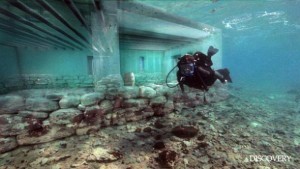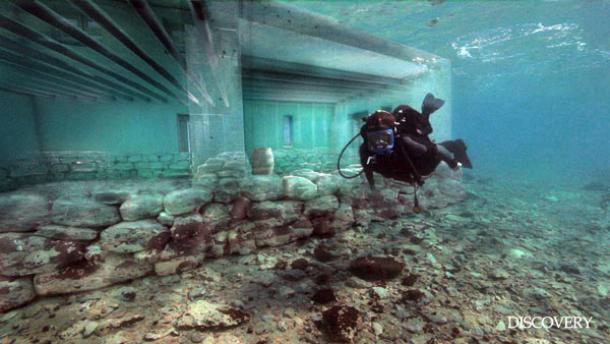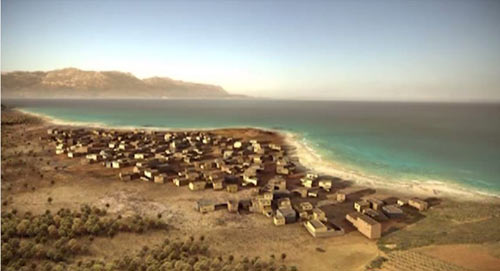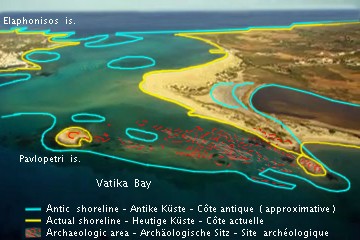The 5,000-year-old city of Pavlopetri, off the coast of Laconia in the Peloponnese, lies submerged in the sea as the oldest underwater city to date. It was discovered in 1967, mapped in 1968 and scientists keep going back to survey it as their technology keeps developing.
Submerged 4 meters underwater, the Mycenaean city that dates back to 2,800 B.C. is incredibly-designed with roads, two-story 12-roomed houses with courtyards, temples and a cemetery as well as a complex water system. The town planning design of the city surpasses city designs today.
The city sank at around 1,000 B.C. following earthquakes that shifted the land, however the arrangement of the city is still clearly visible with at least 15 buildings found in tact.
The city is protected by UNESCO as an underwater cultural heritage site. In 2009, the Ephorate of Underwater Antiquities of the Hellenic Ministry of Culture, the Hellenic Center for Maritime Research and the University of Nottingham under a British School of Archaeology at Athens began a 5-year-cooperation that ended in 2013. Research led to a BBC documentary on the site.
Ask me anything
Explore related questions








